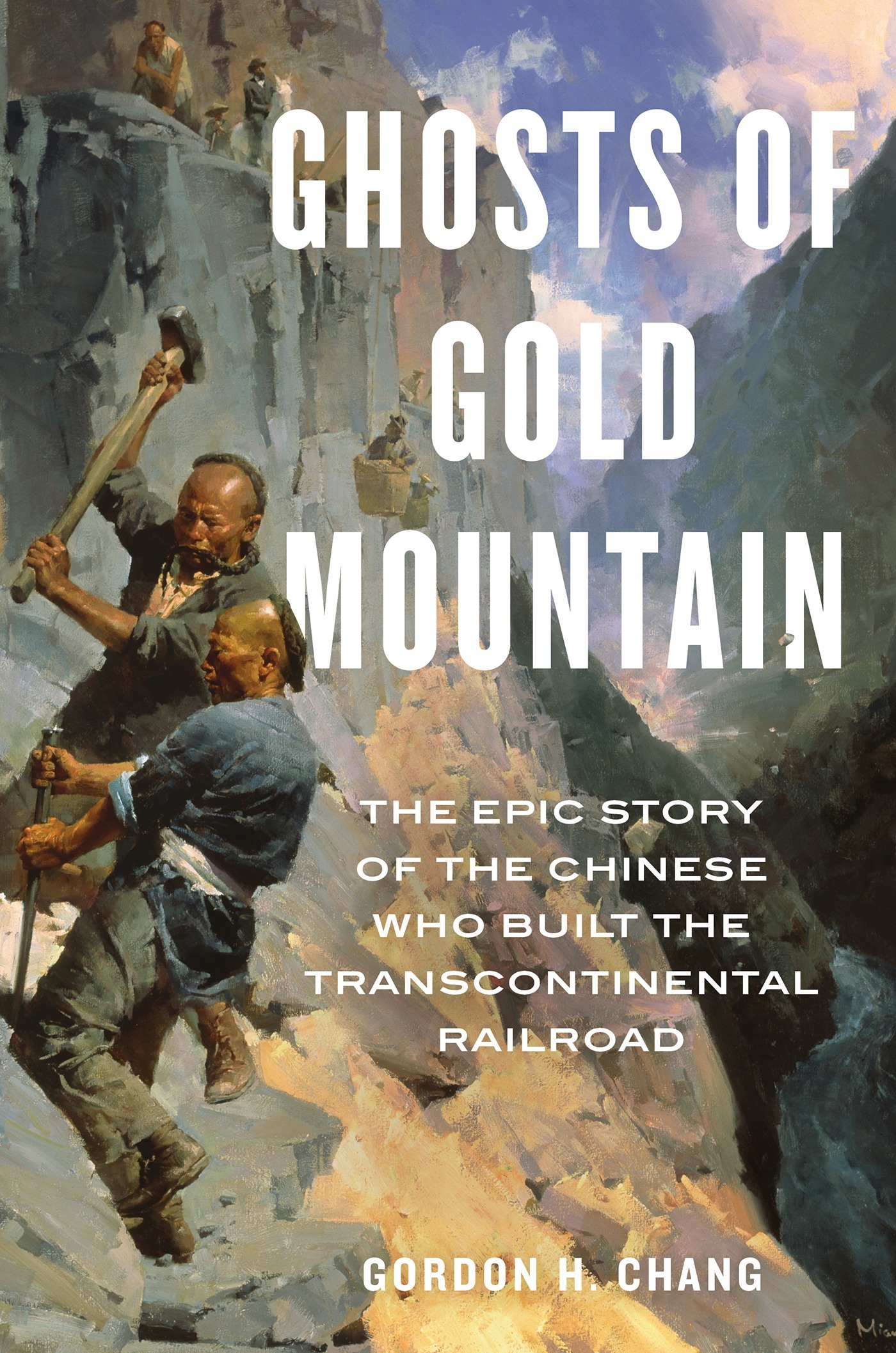What do you think?
Rate this book


320 pages, Hardcover
First published May 7, 2019
"The settlement among us of an inferior race is to be discouraged ... Asia, with her numberless millions, sends to our shores the dregs of her population."
... several thousand Railroad Chinese and eight Irish rail handlers, "with military precision and organization," had laid ten miles and fifty-six feet of track in less than twelve hours, a stunning performance that had never been seen before.
A San Francisco newspaper declared the feat "the greatest work in tracklaying ever accomplished or conceived by railroad men," and a railroad historian later described the Chinese effort as "the most stirring event in the building of the railroad."
Celebratory accounts both then and since, however, included the names of the eight Irish iron movers but not one of the Chinese.